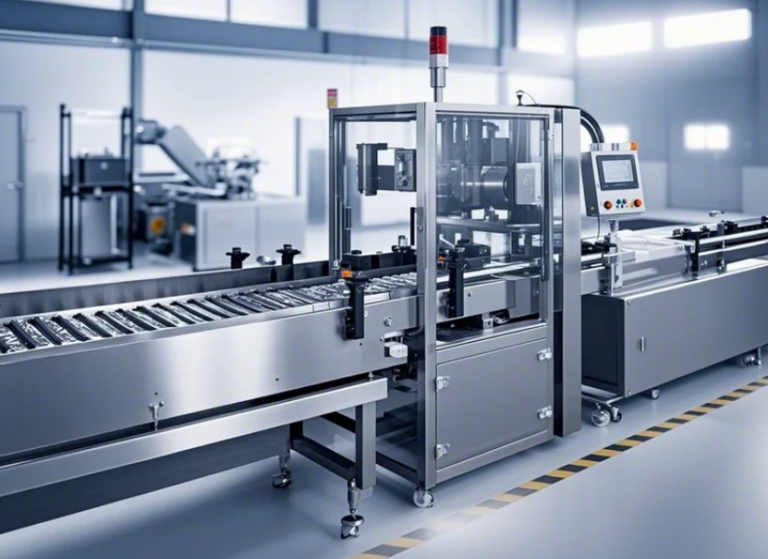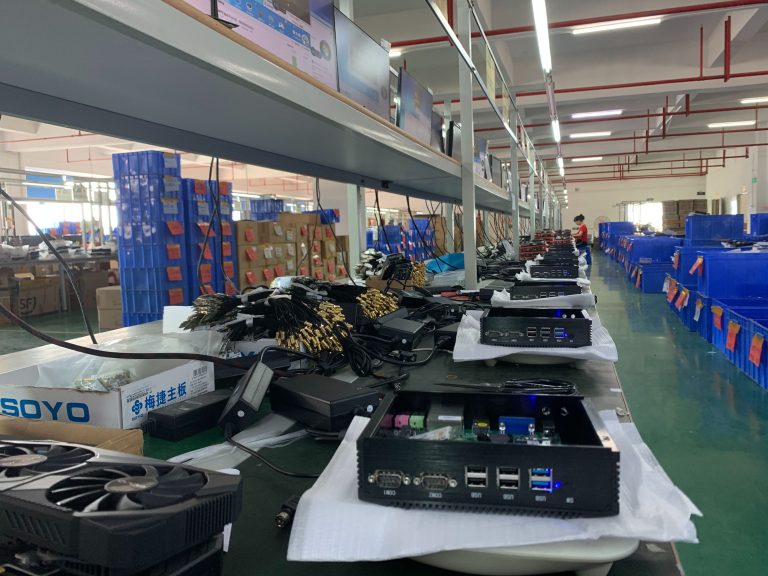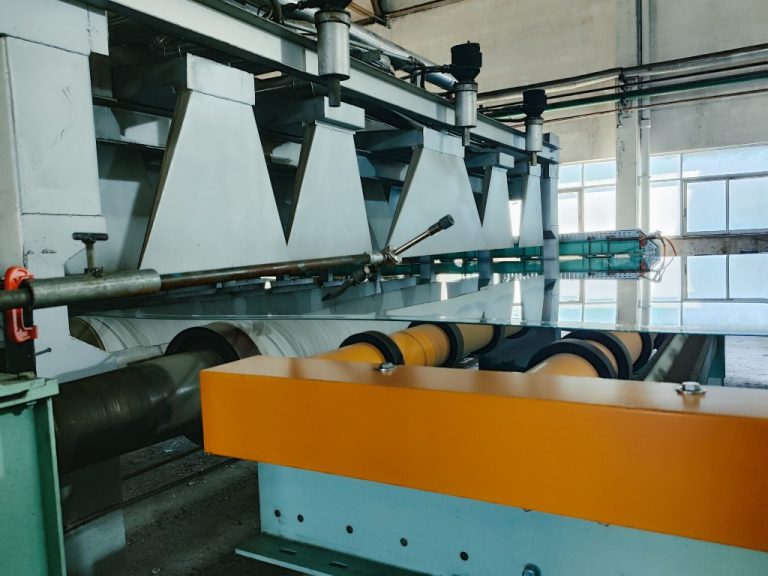目录
Introduction
In the realm of electronics production, innovation drives efficiency and performance. At the heart of this progress is SMT manufacturing (Surface Mount Technology), a cutting-edge approach that has transformed how electronic components are assembled onto printed circuit boards (PCBs). From consumer electronics to industrial machinery, SMT manufacturing underpins the reliability and compactness of modern devices.
Understanding SMT Manufacturing
SMT manufacturing involves directly mounting electronic components onto the surface of PCBs, bypassing the need for drilled holes used in traditional through-hole methods. This streamlined approach is made possible through advanced automation, which ensures high precision and speed in placing components.
How SMT Manufacturing Works
Solder Paste Printing: A thin layer of solder paste is applied to the PCB using a stencil to prepare specific areas for component placement.
Component Placement: High-speed pick-and-place machines arrange components onto the solder-pasted PCB with pinpoint accuracy.
Reflow Soldering: The board is heated in a reflow oven, melting the solder paste and securing components.
Inspection: Automated Optical Inspection (AOI) systems ensure that solder joints are flawless and components are correctly aligned.
Testing: Functional tests verify the assembled PCB’s performance and reliability.
The Benefits of SMT Manufacturing
Compact Designs
SMT allows manufacturers to optimize space on PCBs, creating smaller, more portable devices without compromising functionality.
High-Speed Production
With automated processes, SMT enables rapid assembly, meeting the demands of mass production with consistent quality.
Cost Efficiency
By reducing material usage and labor costs, SMT offers a cost-effective solution for producing complex electronic assemblies.
Reliability
Surface-mounted components are highly resistant to vibration and mechanical stress, making them ideal for critical applications in industries like aerospace and automotive.
Design Versatility
SMT supports a wide range of component sizes and configurations, enabling innovative and intricate circuit designs.
Applications of SMT Manufacturing
Consumer Electronics
From smartphones and tablets to wearable devices, SMT manufacturing drives the compact and efficient designs demanded by tech-savvy consumers.
Automotive Industry
Modern vehicles rely on SMT for engine control units, infotainment systems, sensors, and advanced driver-assistance systems (ADAS).
Medical Devices
SMT powers precision medical instruments, such as portable monitors, imaging systems, and diagnostic tools.
Telecommunications
High-frequency circuit boards for 5G networks and IoT devices are made possible through SMT’s scalable and reliable methods.
Industrial Automation
Factory automation systems and IoT-enabled machinery use SMT-assembled PCBs for seamless connectivity and performance.
Emerging Trends in SMT Manufacturing
Micro-Component Integration
As devices become smaller, SMT is advancing to handle ultra-miniature components and densely packed circuit layouts.
Flexible PCB Designs
SMT is adapting to flexible and curved PCBs, which are essential for wearable technology and foldable electronics.
Sustainable Practices
Lead-free soldering and energy-efficient production processes are becoming industry standards, aligning SMT with eco-friendly goals.
Industry 4.0 Integration
AI-powered inspections, IoT monitoring, and smart factories are revolutionizing SMT manufacturing, ensuring greater efficiency and precision.
Advanced Materials
Innovative solder alloys and heat-resistant substrates are expanding SMT’s capabilities for high-temperature and high-stress environments.
The Future of SMT Manufacturing
SMT manufacturing continues to evolve, enabling the creation of highly sophisticated electronic devices. As automation, material science, and sustainability practices advance, SMT will remain a driving force behind technological innovation. Industries like augmented reality (AR), artificial intelligence (AI), and green energy will rely heavily on SMT to deliver compact and efficient solutions.
Conclusion
SMT manufacturing has redefined electronics production by offering precision, efficiency, and scalability. Its impact spans multiple industries, powering the devices and systems that shape our modern lives. As technology progresses, SMT manufacturing will continue to play a vital role in the development of innovative and sustainable electronics for the future.
0









